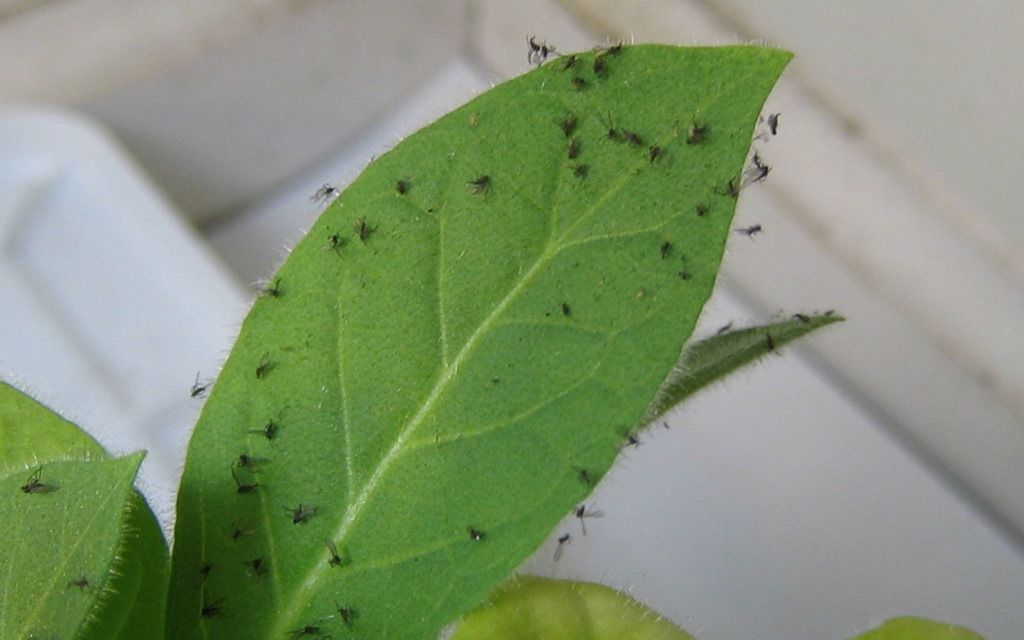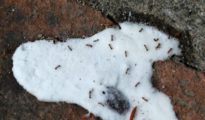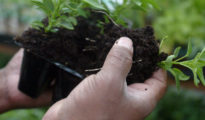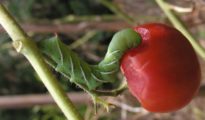Gnats, also known as fruit flies or vinegar flies, are small, winged insects that can be a nuisance in homes, gardens, and other indoor and outdoor spaces. While they may seem harmless, gnats can become a major problem if left uncontrolled. In this blog post, we will explore the different types of gnats, their life cycle, and the most effective ways to prevent and control them.
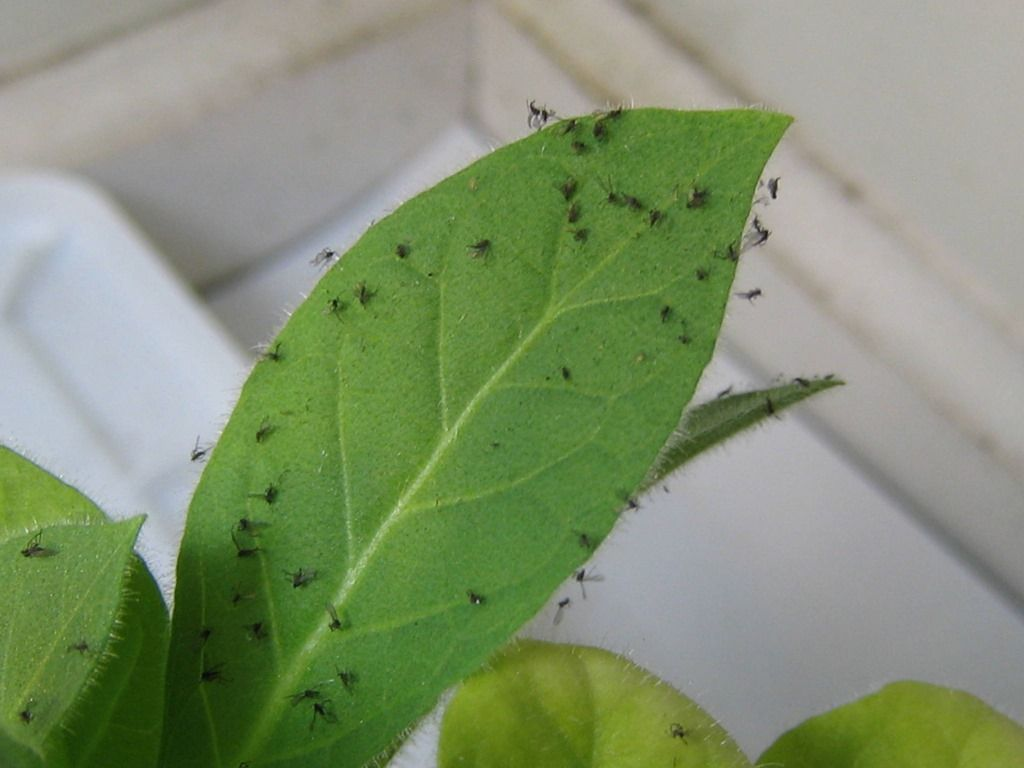
What Are Gnats and What Types Are There?
Gnats are small, winged insects that belong to the Diptera order. They are also known as fruit flies or vinegar flies and are commonly found near fruit, vegetables, and other sources of fermenting materials.
There are several types of gnats, including: -Fungus gnats, which are commonly found in moist environments such as greenhouses, houseplants, and soil. -Eye gnats, which are found near eyes and other moist body parts and can cause irritation and infection. -Sand gnats, also known as no-see-ums, which are tiny gnats that are found near beaches and are known to bite.
The Life Cycle of Gnats
Gnats have a complete metamorphosis, meaning they go through four distinct stages of development: egg, larva, pupa, and adult. The life cycle of gnats can vary depending on the type of gnat and the environment.
Fungus gnats, for example, lay their eggs in the soil or on the surface of the leaves of houseplants. The eggs hatch into larvae, which feed on the roots of plants and organic matter in the soil. After several days to a couple of weeks, the larvae pupate, and then adult gnats emerge. The entire life cycle can take as little as a week to as long as a month, depending on the environmental conditions.
Preventing and Controlling Gnats
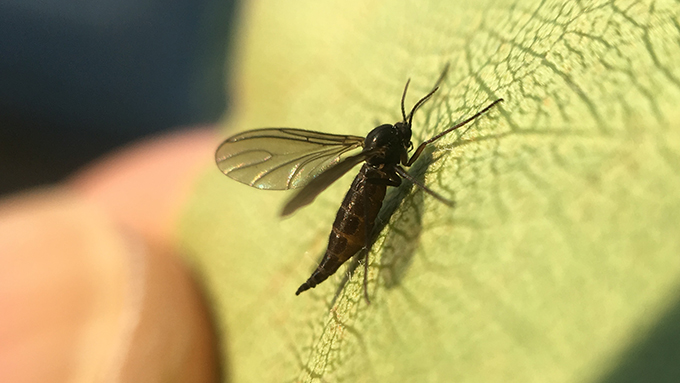
Preventing gnats from becoming a problem in the first place is the best way to control them. This includes: -Keeping indoor and outdoor areas clean and free of fermenting materials such as overripe fruit, vegetables, and compost. -Avoiding overwatering indoor plants and making sure that soil is well-draining -Removing standing water from outdoor areas where gnats may breed
If gnats are already present, there are several methods for controlling them: -Using sticky traps: These can be purchased or made at home by placing a piece of sticky tape or a drop of honey on a piece of paper. The gnats will be attracted to the sticky surface and will get trapped. -Using gnat-specific insecticides: These can be found in liquid or granular form and can be applied to soil, plants, or other areas where gnats are present. -Using essential oils: Some essential oils, such as peppermint oil and clove oil, have been found to be effective in repelling gnats.
Conclusion: Gnats may be small, but they can become a major problem if left uncontrolled. Understanding the different types of gnats, their life cycle, and the most effective ways to prevent and control them is key to keeping them at bay. By keeping indoor and outdoor areas clean and free of fermenting materials, avoiding overwatering indoor plants, and using sticky traps, insecticides or essential oils, we can control and prevent gnat infestations.

